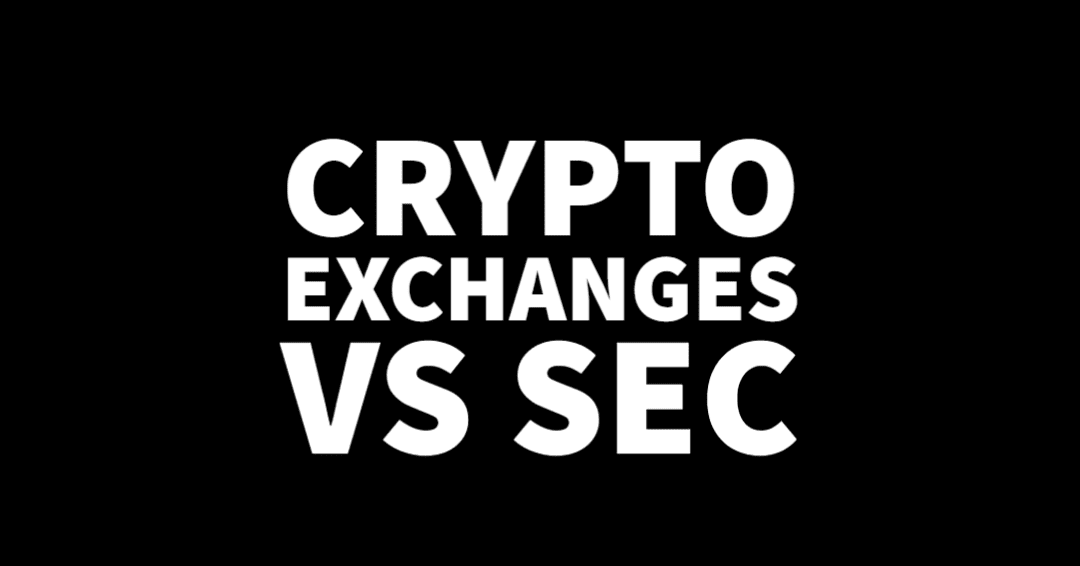Network tokenization renews the payment experience

The global economy is in the midst of a digital payments revolution. Accelerated by the effects of COVID-19, the pandemic pushed many consumers away from cash to use digital and contactless payment options for the first time. Nowhere else has there been such unprecedented and unforeseen growth as in the digital and e-commerce sectors, particularly businesses within industries that rely heavily on digital transactions such as retail, restaurants, banking and insurance.
In fact, over 82% of Americans currently use digital payments according to McKinsey, which means that the demand for a faster, easier and more secure payment experience is increasing significantly.
The rise of contactless payments comes with its challenges, especially security. To protect against security breaches due to the volume of contactless payments, business institutions have relied on tokenization, a security measure that replaces sensitive information in a unique code called a token. Tokens protect consumers from identity theft, so they are especially useful in the event that the consumer’s information is hacked, leaked or stolen.
Below are some of the biggest benefits of payment tokenization for both businesses and consumers.
Leverage the value of network tokenization
One type of tokenization that has become an optimal payment solution for many businesses is network tokenization, which replaces a customer’s primary account number (PAN) and other card details with a token issued by the card brand at checkout.
As security breaches and threats become more common, businesses must find solutions to limit the risk of exposure and alleviate compliance obligations, making network tokenization more critical for merchants than ever. Here are three reasons why companies are turning to network tokenization and how it has become one of the most powerful tools available:
Higher payment authorization rates
Payment cards can be declined for various reasons – from suspected fraud to inaccurate or outdated information – which can lead to lost sales and poor customer experience. With network tokenization, brands can communicate directly with the issuing bank to verify the legitimacy of the card, and prevent card rejection.
Since the tokens go directly to the source, these transactions are considered more secure and transparent by both issuing and acquiring banks. According to Visa, payment transactions using network tokens can reduce fraud by nearly 26% and have an average increase in authorization rate of 2.2%. With more successful payment transactions, businesses increase revenue and create loyal customers who are likely to repeat transactions from that brand.
Lower exchange rates create lower costs
There are costs associated with accepting credit cards, and the majority of these costs come from interchange fees, which offset processing costs and any risk associated with payment approval. Exchange rates are calculated using units of measurement called “basis points”. For credit card processing, one basis point (BPS) is usually one hundredth of one percent.
In April 2022, Visa announced a rate increase of 9-10 basis points on eligible Visa transactions when processed without the use of a network token. This is largely due to the increase in e-commerce, which faces more risky and less efficient transactions compared to face-to-face payments. Verticals such as retail and insurance, which have high volumes of online transactions, are heavily impacted by the recent rate hikes and are thus turning to network tokenization to help offset the total cost of each transaction while making their payment processing efficient and secure for the customers.
Increased retention and endurance
According to Visa, more than two-thirds of US consumers choose to store a credit card or set up regular billing at merchants to avoid manual key entry. However, problems can arise in this scenario when credit cards need to be reissued for some reason. Per Visa, 35% of survey respondents admitted that they had forgotten to update their card information at merchants at least once. Their research also found that merchants typically contact customers 2-3 times to try to update card details before canceling services.
Auto, mortgage, insurance services and other types of business services that rely on recurring digital payment services can mean greater resource allocation and higher operating costs for businesses that collect payments when the cards expire. These issues can lead to missed payments or cancellations and greatly affect the customer. But with network tokenization, tokens can be updated in real-time to prevent repeated payment transactions from failing.
The positive impact on network tokens
Network tokenization packs quite a punch, and the positive financial impact is significant, especially for enterprise organizations with high transaction volumes. Even a marginal reduction in interchange fees and payment declines can have a big impact when applied to thousands or even millions of monthly transactions. By converting stored credit card data into secure network tokens, online shoppers—whether they’re shoppers, diners, or policyholders—benefit from increased security, convenience, and a better customer experience.
With the accelerated growth of digital payments, customers expect increased speed, convenience, security and choice. When businesses work with payment networks to access this critical opportunity, they need to increase revenue with more repeat business and deliver a frictionless payment experience every time.
About the Author: Sarah Owen is the Chief Product Officer of digital payment network One Inc.
























